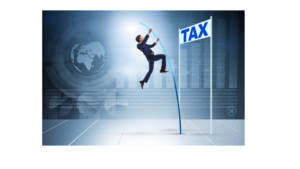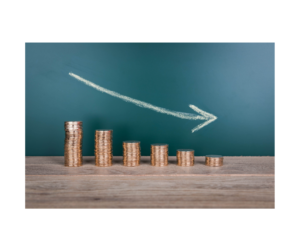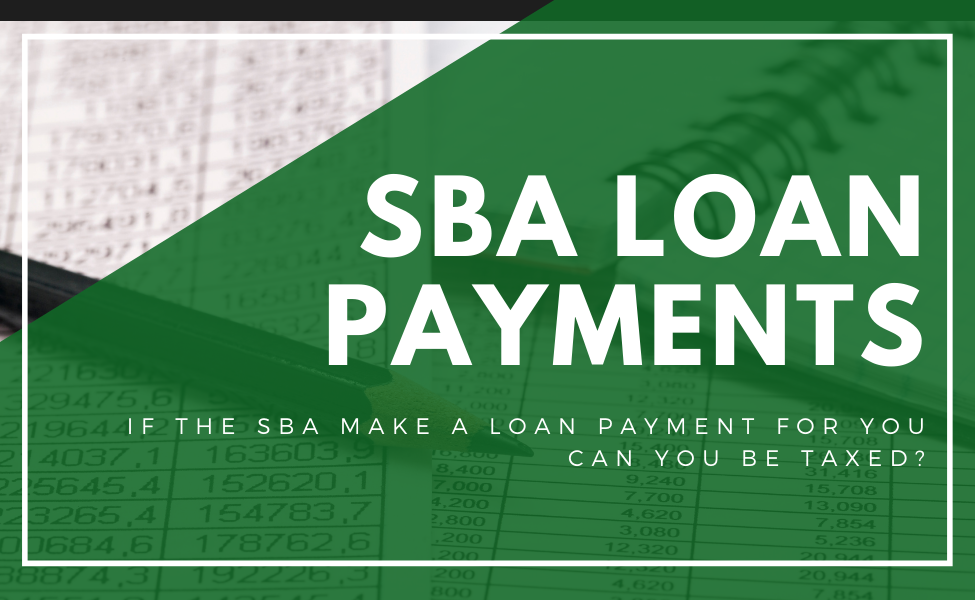The SBA making Loan payment for you? Could it be?
Can you be taxed if the SBA make a loan payment on our behalf?
The Small Business Administration (SBA) Paycheck Protection Program (PPP) loans and Economic Injury Disaster Loans (EIDLs) have gotten the most attention from businesses seeking a quick cash infusion during the COVID-19 pandemic.
The SBA has several other loan programs that don’t require a disaster for eligibility. (Let’s face it, sometimes you need a little help even when there isn’t a pandemic!)

These include the following:
- 7(a) loans. General small-business loans of up to $5 million.
- 504 loans. Loans of up to $5.5 million to provide financing for major fixed assets such as equipment or real estate.
- Microloans. Short-term loans of up to $50,000 for small businesses
The is what the Coronavirus Aid, Relief, and Economic Security (CARES) Act did for the SBA, it appropriated $17 billion to provide a temporary payment subsidy to businesses with these non-disaster SBA loans. On December 27, 2020, Congress appropriated an additional $3.5 billion in its second stimulus law to expand this loan subsidy program. (Yay Congress!)
If you have one of these loans, you likely already benefited from this subsidy, or you will soon if your loan is on deferment.
If you don’t have such a loan, you can apply for one now and still benefit from the loan subsidy in 2021.

The Original CARES Act Loan Payment Subsidy
The original CARES Act required the SBA to pay six months of principal, interest, and any associated fees that borrowers owed for all 7(a) loans, 504 loans, and microloans that were in regular servicing status as of March 27, 2020, when the CARES Act was enacted, or were applied for after March 27, 2020, and fully disbursed before September 27, 2020.
The SBA makes the payments automatically and directly to the lenders. You won’t find this money in your hands. (boo!) You don’t need to file an application (Yay no jumping through more hoops).
To Have deferred or not to have deferred. Here is the answer?
For loans currently on deferment, the SBA begins making payments with the next payment due after the deferment period ends. For loans not on deferment, the SBA begins making payments with the next payment due. The SBA debt relief program does not apply to PPP loans or EIDLs. This is strictly for loan applied for and received outside of the Pandemic relief programs. On the bright side for those of you with PPP loans, they are forgivable. We have covered this before but her is a link just in case you need more details New PPP Forgiveness Rules for Past, Current, and New PPP Money

The New and Improved CARES Act Loan Payment Subsidy
Congress revised the CARES Act subsidy program with enactment of the second stimulus law on December 27, 2020, as follows:
Loans Approved Prior to March 28, 2020
If your 7(a), 504, or microloan was approved by the SBA before March 28, 2020, the SBA will make three additional loan payments on your behalf starting February 2021. Thus, you’ll get a total of nine months of payments of principal, interest, and fees. The three additional payments will be capped at $9,000 per month per borrower. The first six payments are not capped.
But wait, there’s more!
Once your three additional payments end, you get five more loan payments of up to $9,000 per borrower per month if your business was assigned one of the following North American Industry Classification System (NAICS) codes when you applied for your loan (as shown in SBA records):
For those of you unfamiliar with what his actually (NAICS) actually means, it is the method in which the IRS categorizes your business of the purpose of taxation.
- 61—Educational services
- 71—Arts, entertainment, and recreation
- 72—Accommodations and food services
- 213—Support activities for mining
- 315—Apparel manufacturing
- 448—Clothing and accessories stores
- 451—Sporting goods, hobby, musical instrument, and bookstores ·
- 481—Air transportation
- 485—Transit and ground passenger transportation
- 487—Scenic and sightseeing transportation
- 511—Publishing industry (except internet)
- 512—Motion picture and sound recording industries
- 515—Broadcasting (except internet)
- 532—Rental and leasing services
- 812—Personal and laundry services
Thus, businesses in these fields that obtained their loans before March 28, 2020, get a total of 14 loan payments from the SBA. The last eight payments are capped at $9,000 per month.
For many in this industries we hope this comes at a great relief to you!
Loans Approved February 1, 2021, Through September 30, 2021
Now for the business trying to get some SBA money and forgiveness now, here is what you need to know:
The SBA will make six monthly payments of principal, interest, and associated fees for 7(a), 504, and microloans approved February 1, 2021, through September 30, 2021. All these payments are capped at $9,000 per borrower per month. A business may receive SBA principal, interest, and fee payments for only one loan approved after March 27, 2020.
This means if you already received one of these loans before the deadline, you can get another and qualify for the loan subsidy.
The SBA can reduce the number of payments it makes on all of these loans if it starts running out of money. (So apply now if you are in need, this money will not last forever!)
Here is the meat and potatoes, are these subsidies taxable income?
Having the SBA make loan payments on your behalf is great. But it’s less great if the payments are taxable income to you. This reduces the value of the payments by up to 37 percent, depending on your top federal income tax rate. One of the issues with the CARES ct is that it didn’t cover the issue of taxability. The SBA stated the subsidies where taxable and should be reported as 1099-MISC income. (Boo SBA) Also, keeping in mind that the SBA is dishing out money like thanksgiving dinner and need to find a way to get some of it back, preferably with interest. LOL!
The Congress stepped in again (Yay congress, who says they don’t get anything done!) and overruled the SBA. The second stimulus, enacted on December 27, 2020, amended the CARES Act to clarify these issues:
- The SBA’s payments of principal, interest, and fees on behalf of the borrower on these SBA loans are not taxable income to the borrower
- Expenses paid by the borrower with subsidized SBA loan proceeds are fully deductible.
What to Do
You don’t have to do a thing. (Whoo Hoo we like not having to do a thing, we are too busy to have to do more!). If you have a qualifying SBA loan, the loan subsidy has been, or will be, paid on your behalf automatically by the SBA. You won’t need to report any of the payments as income on your tax return. Obviously, you should deduct the interest and fees portion of the loan payments the SBA makes on your behalf as noted by the IRS.

If you don’t have a 7(a) loan, 504 loan, or microloan, you should think about applying for one. If it’s approved by the SBA by September 30, 2021, the first six payments (up to $9,000 per month) will be paid on your behalf by the SBA (provided the money appropriated for the task holds out). Like I said before, Hurry and apply Now!
For more informative articles like this check out our archives: Blog



